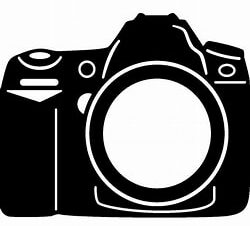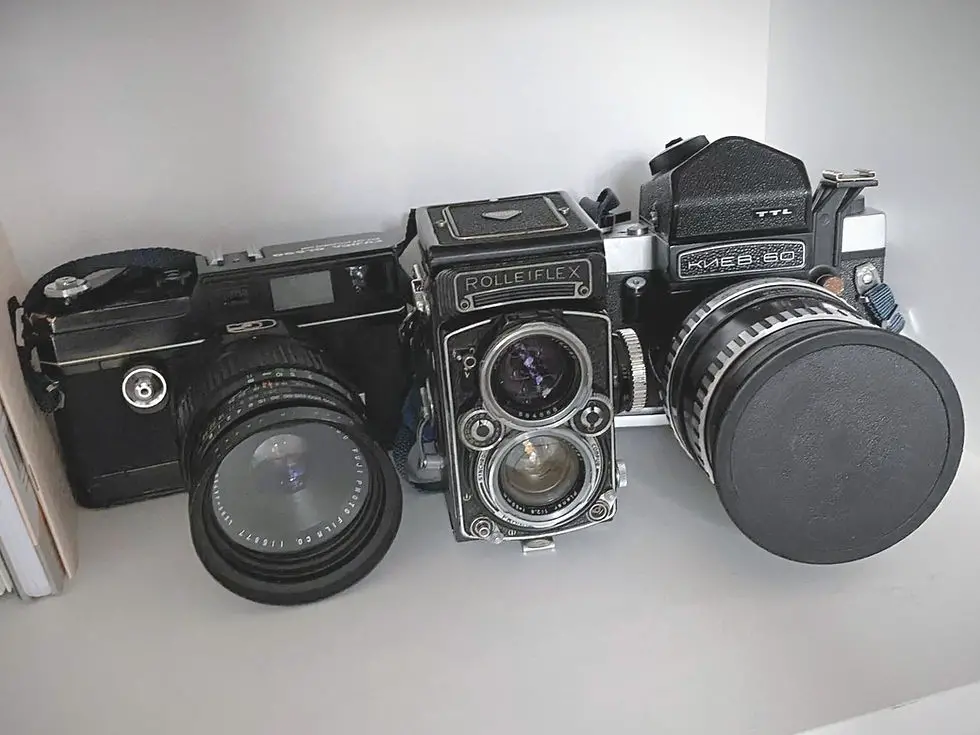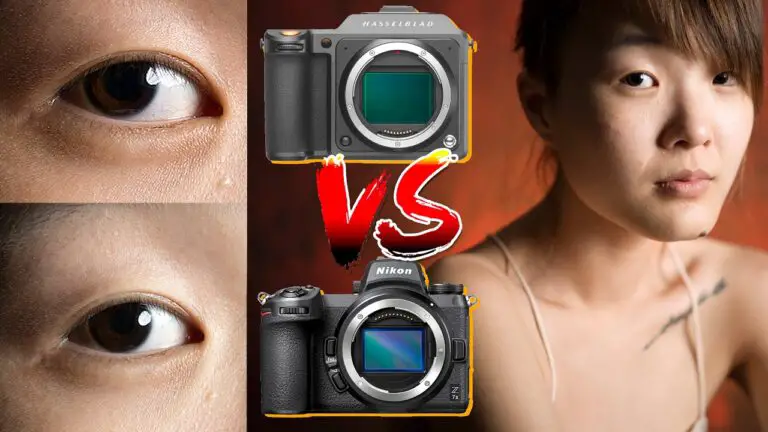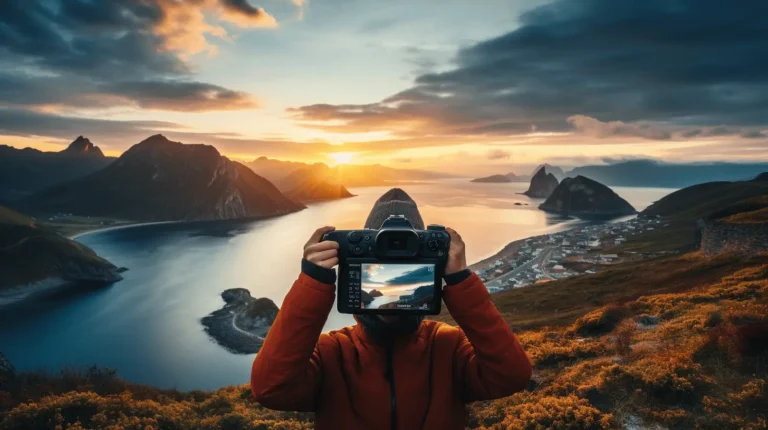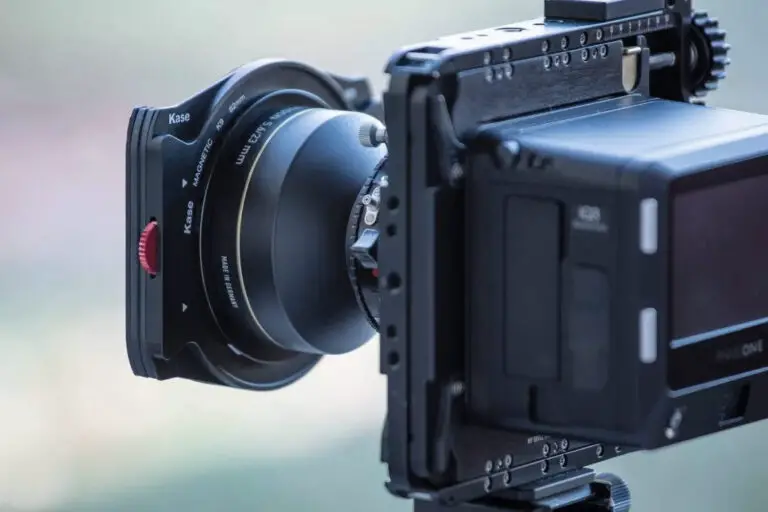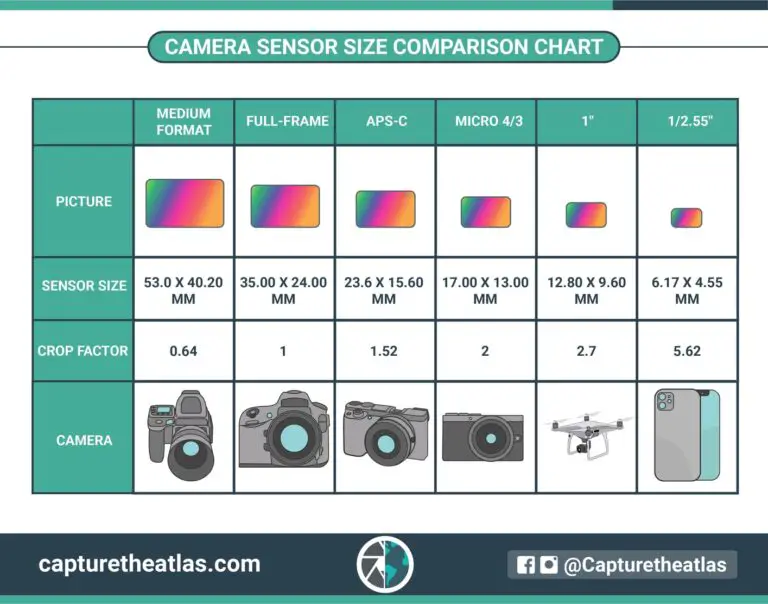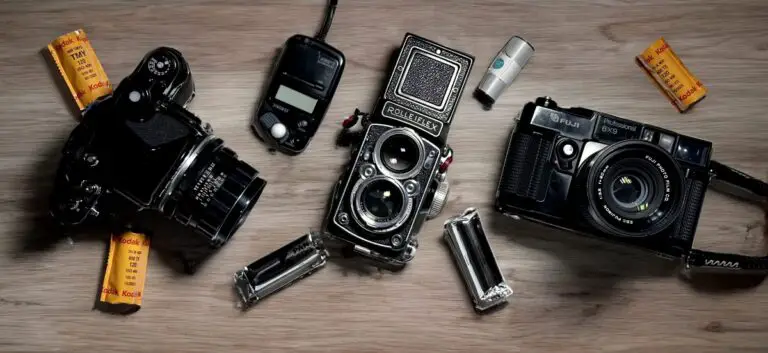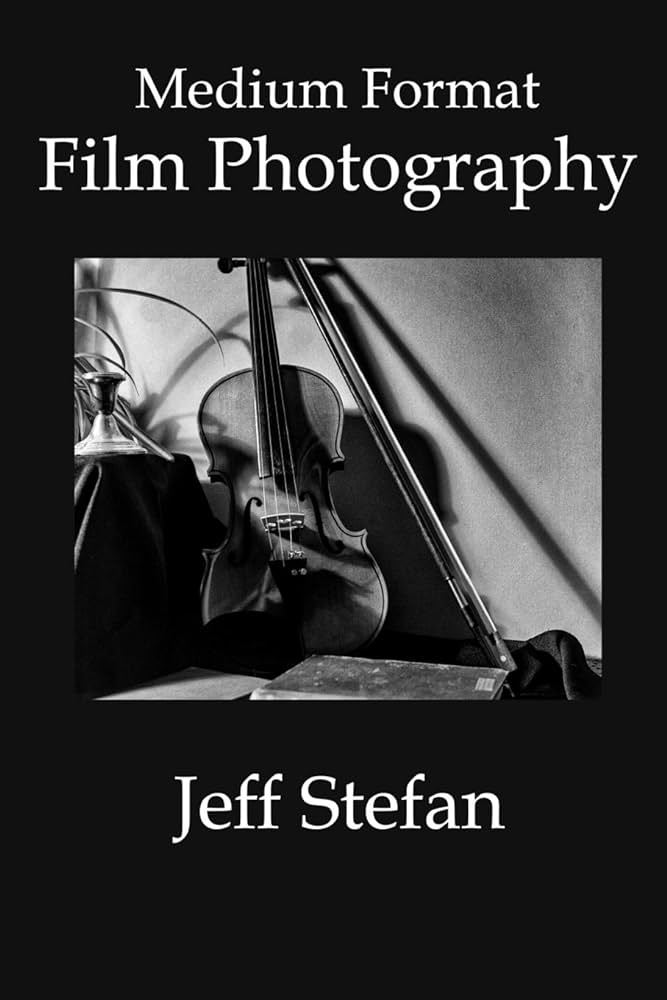Mastering Medium Format Photography: Tips and Techniques for Stunning Images
For the photography enthusiast seeking a deeper level of artistry in their images, medium format photography is an appealing next step. Renowned for its exceptional image quality, depth of color, and detail, medium format stands as a significant upgrade from the more common 35mm format. While it was traditionally the domain of professionals and those with deep pockets, advances in technology have made it both more accessible and more coveted by serious hobbyists and professionals alike.
In this post, we’ll explore the world of medium format photography, understanding its unique qualities, selecting the right equipment, mastering shooting techniques, post-processing methods, and strategies for showcasing your work. Whether you’re just stepping into medium format or looking to refine your skills, these insights will help you elevate your photography to new heights.
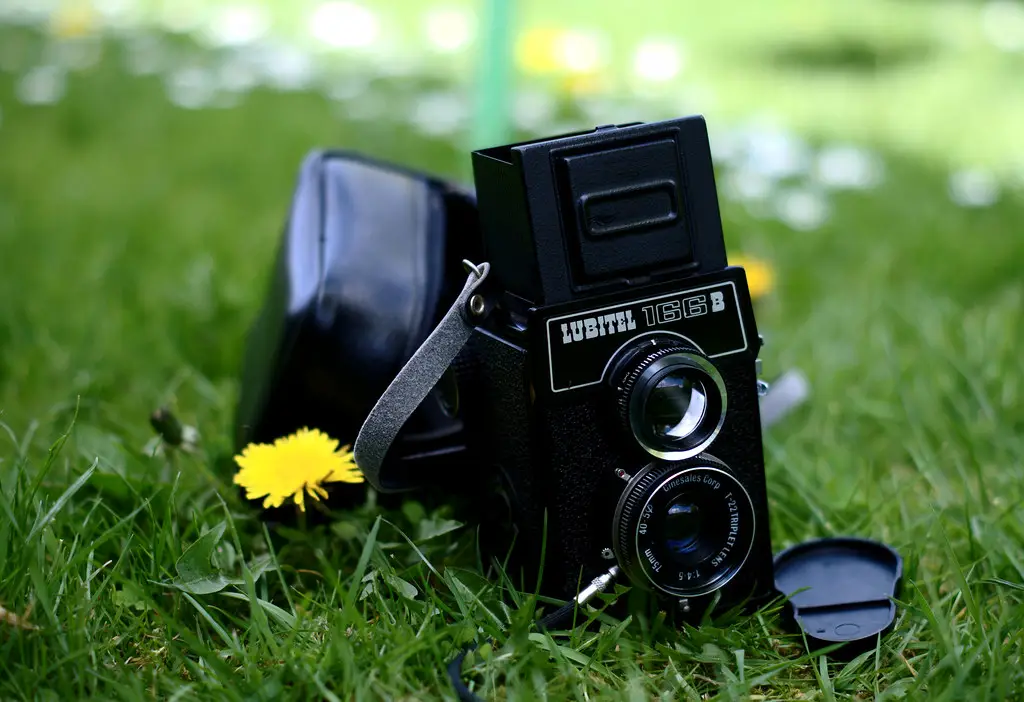
Understanding Medium Format Photography
Defining Medium Format
Medium format photography uses film or digital sensors that are notably larger than those in traditional 35mm cameras, typically 120mm or 220mm film, or more recently, bespoke digital sensors. The increased size of the medium format sensor or film translates to higher image resolution, better low light performance, and a larger dynamic range, which yields clearer details and richer color.
Why Medium Format?
The advantages of medium format over 35mm are resounding. The larger size of the sensor or film means that for a given field of view, the focal length of the medium format lens is longer, which results in more compression and a shallower depth of field. This setup provides an experience that’s closer to the way our eyes naturally perceive the three-dimensional world.
Additionally, the increased sensor size offers significant benefits for image quality. With more image data to work with, medium format images have a smooth tonal gradation, reduced noise, and more nuanced detail. The dynamic range, too, is often far broader, offering the ability to capture scenes with high contrast without losing detail in the shadows or highlights.
Choosing the Right Equipment
Selecting the correct camera and accessories is crucial in the medium format world.
Camera Bodies
Finding the right medium format camera body depends on several factors, including budget, desired features, and ergonomics. There are various mirrorless and DSLR options, each with their own set of advantages and price points. Newer mirrorless models often come with high-resolution electronic viewfinders, while traditional DSLRs may offer a more tactile experience.
Lenses
The lens is the eye of the camera, and in medium format, the precision and quality of the lens are essential. There’s a broad array of medium format lenses available, each designed for different purposes from wide-angle to telephoto, and often with a vast aperture range that allows for creative control over depth of field.
Accessories
A sturdy tripod, high-quality filters, and a reliable camera bag are just some of the essential accessories for the medium format photographer. Filters can help control light and color balance, and a tripod is often needed due to the larger size and weight of medium format cameras.
Techniques for Stunning Images
Composition
The compositional elements of your image take on greater significance in medium format. The larger sensor or film area demands a more thoughtful approach to composition. Leading lines and the rule of thirds can be used to guide the viewer’s eye, while symmetry and contrast can add interest and balance.
Lighting
Understanding and harnessing light is at the core of photography. With medium format, this is no exception, but the results in the larger format are often more pronounced. Golden hour and blue hour are particularly magical with medium format, given their propensity to render color and light in a vivid and almost painting-like manner.
The golden ratio lighting technique, where the main subject is separated from the background, can be accentuated in medium format for a dramatic effect. This technique exploits the naturally shallow depth of field and compression provided by the longer focal lengths.
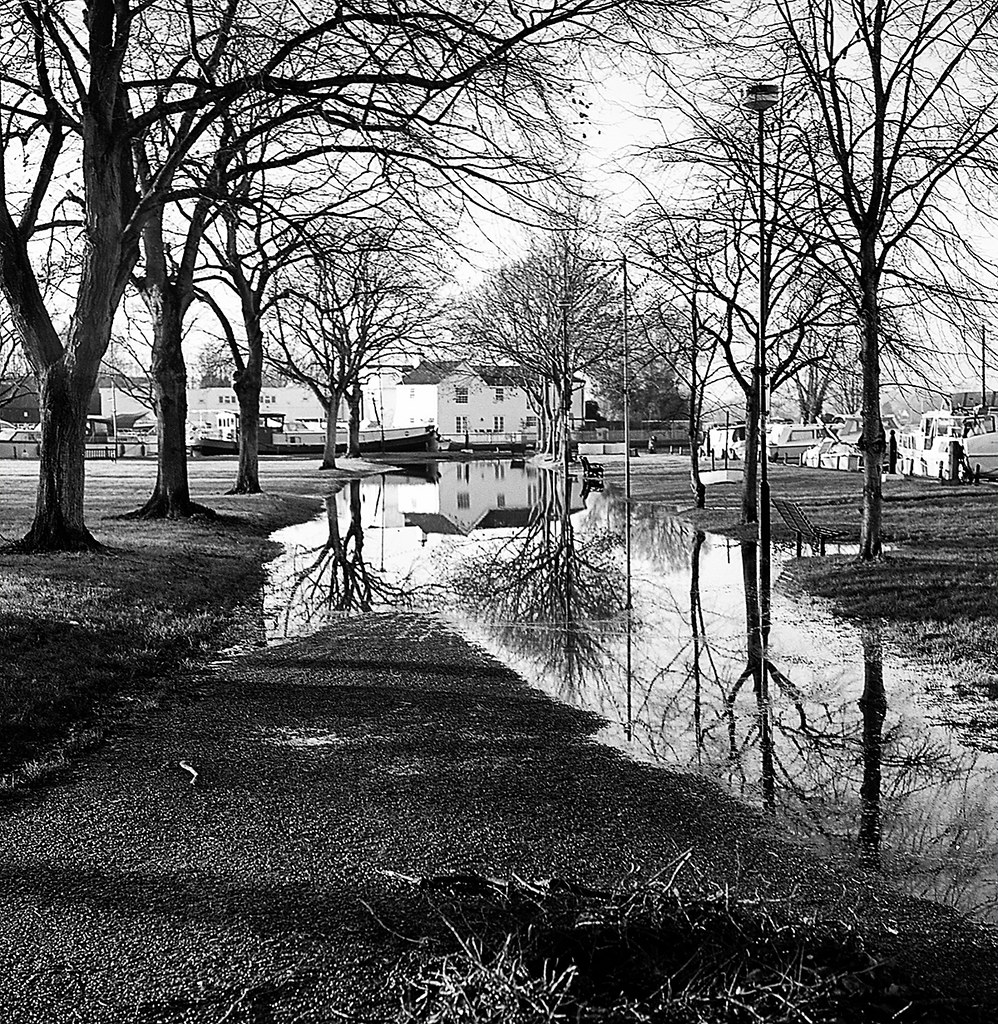
Focusing and Depth of Field
The enhanced bokeh and shallow depth of field in medium format can be used to isolate subjects against smooth, out-of-focus backgrounds. Careful focusing is even more critical in medium format due to the finer resolution that can reveal any missed focus.
Hyperfocal distance becomes even more important in medium format, as it can be used to have more of the scene sharply in focus while maintaining a wide aperture for a creative bokeh effect. Using Live View on your camera with magnification can aid in critical focusing.
Post-Processing Tips
Post-processing is the digital darkroom of photography, and medium format images respond exceptionally well to it.
Editing Software
Investing time in learning powerful editing software, such as Adobe Lightroom or Capture One, can help to fully realize the potential of your medium format images. These programs allow for fine adjustments to color, contrast, exposure, and even lens corrections.
Workflow
Developing a consistent and efficient post-processing workflow is vital. This begins with a well-organized library of images, followed by an intelligent culling process that weeds out the weaker shots. The next steps involve global adjustments, local adjustments, and finally, exporting your images for sharing or printing.
Showcasing Your Work
Portfolio Building
Creating an online portfolio is key to sharing and presenting your medium format images. Select your best work, organize it thoughtfully, and be prepared to update it regularly as you grow as a photographer.
Social Media
Use social media to connect with other photographers and potential clients or collaborators. Instagram, for example, is a visually driven platform that is an ideal space for sharing your medium format work. Engage with the community, share behind-the-scenes insights into your photography, and be open to feedback.
Conclusion
Medium format photography offers a unique aesthetic and a deeper level of engagement with the craft of photography. By understanding the equipment, honing your shooting techniques, and mastering the art of post-processing, you can create images that stand out for their quality and impact.
It’s important to remember that, like any form of photography, mastering medium format takes time, practice, and a willingness to continually learn and experiment. With each shot, you’ll inch closer to the stunning, evocative images that medium format is rightly celebrated for.
For the photography enthusiast, the world of medium format is both an exciting challenge and a rewarding endeavor. It represents a commitment to the craft and an opportunity to create images that truly reflect your vision as an artist. Whether you’re capturing landscapes, portraits, or still life, the nuances of medium format will elevate every frame, providing a canvas for timeless and breathtaking imagery.
